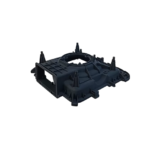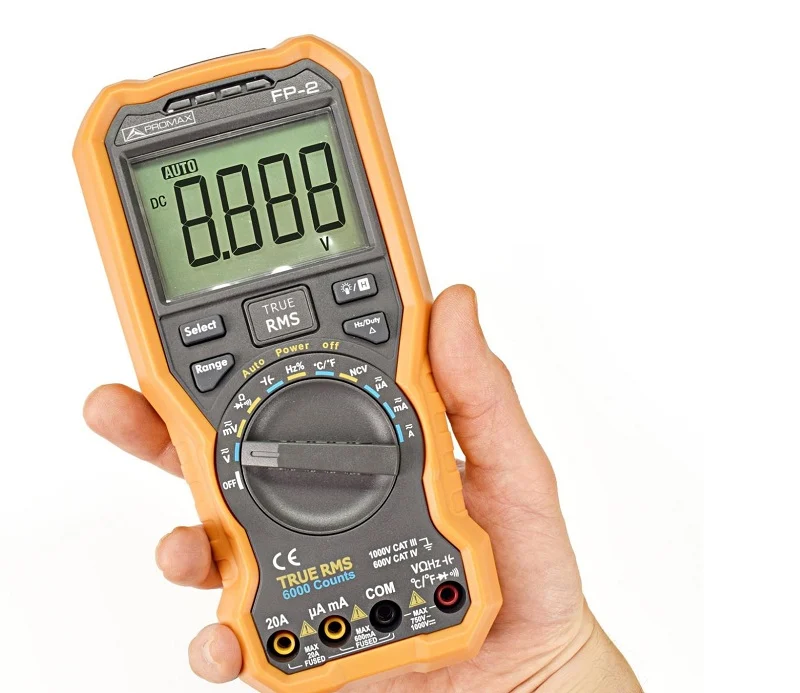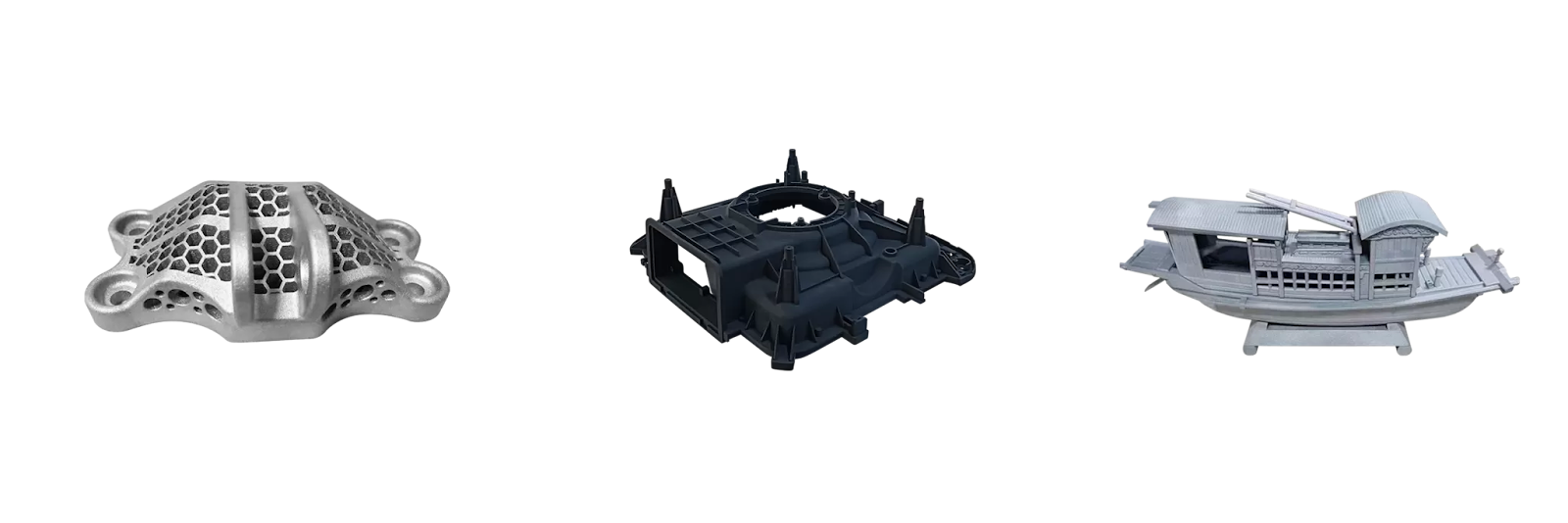In RF and microwave testing, accuracy is everything. Whether you’re working on wireless communication systems, radar, or satellite equipment, even a small deviation in power measurement can lead to costly design errors or performance degradation.
That’s where the true RMS average power sensor comes in.
These advanced sensors are designed to provide consistent, accurate readings across a wide range of signal types, including complex and modulated waveforms. In this blog, we’ll explore why they matter, how they work, and what makes them indispensable in modern RF test environments.
What Is a True RMS Average Power Sensor?
A true RMS average power sensor measures the root mean square (RMS) value of an RF signal over a given period, giving a reliable representation of its average power—regardless of waveform shape or modulation. Unlike peak or envelope detectors, RMS sensors calculate power based on the actual heating effect a waveform would have, making them highly accurate even for non-sinusoidal or noise-like signals.
In simpler terms, they measure what really matters in power: how much energy is actually being transmitted or absorbed.
Why Accuracy Matters in Power Measurement
In RF design and testing, precision isn’t just nice to have—it’s critical.
Inaccurate power measurements can lead to:
- Non-compliance with industry standards (such as LTE, Wi-Fi, 5G)
- Underperforming transmission systems in real-world conditions
- Inconsistent manufacturing results in production lines
- Misleading calibration in test setups, causing cascading errors
Traditional average power sensors work well for clean, continuous wave (CW) signals. But once you’re dealing with real-world signals—modulated, bursty, or wideband—standard sensors often fall short.
Key Advantages of True RMS Average Power Sensors
Let’s break down the primary benefits of using a true RMS average power sensor:
1. Accurate Measurement of Complex Waveforms
Whether it’s 5G NR, OFDM, QAM, or radar pulses, modern signals rarely resemble simple sine waves. True RMS sensors handle high crest factor and modulated signals without distortion or misrepresentation.
2. Broad Frequency and Dynamic Range
True RMS sensors typically offer excellent dynamic range and wide bandwidth coverage—from a few MHz to tens of GHz. This ensures accurate measurement across diverse applications.
3. Traceable and Repeatable Results
Because RMS power is calculated based on fundamental thermodynamic principles, it provides traceable results aligned with international standards. This makes these sensors ideal for calibration labs, regulatory compliance, and quality assurance.
4. Improved Linearity and Stability
Thermal-based RMS sensors exhibit better linearity across power levels and are less affected by signal shape, resulting in consistent, repeatable data even in challenging environments.
Applications Where True RMS Sensors Excel
True RMS average power sensors are used in both R&D and production settings where signal variability and accuracy demand high-performance measurement tools.
Common use cases include:
- Wireless communication testing (5G, Wi-Fi, LTE)
- Radar and avionics signal monitoring
- Microwave system design
- Power amplifier testing
- Production line verification for RF components
In short, anywhere that involves non-CW signals or dynamic signal conditions, these sensors provide a critical edge.
True RMS vs. Conventional Average Sensors
| Feature | True RMS Average Power Sensor | Conventional Average Power Sensor |
| Waveform Compatibility | All waveforms (modulated, pulsed, noise-like) | Best for CW or simple signals |
| Accuracy on Modulated Signals | High | Limited |
| Linearity Across Power Levels | Excellent | Moderate |
| Cost | Higher | Lower |
| Best Use Cases | Complex, high-crest factor signals | Basic, repetitive signals |
While RMS sensors may come at a higher price point, the precision they offer often pays for itself in the form of fewer test errors, better product performance, and reduced rework.
Conclusion: Invest in Precision with the Right Sensor
Power measurement is a foundational aspect of RF testing, and using the wrong sensor can compromise your entire setup. By investing in a true RMS average power sensor, you ensure your measurements are accurate, consistent, and reflective of real-world conditions.
Whether you’re validating a new radar system, calibrating amplifiers, or running high-volume RF tests in production, true RMS sensors deliver the performance and reliability that engineers can trust.
Visit eFocus Instruments, your trusted partner in precision test and measurement solutions, to explore high-performance RMS power sensors suitable for your needs, including models with wide dynamic range and frequency coverage.
YOU MAY ALSO LIKE: Understanding SMT Meaning and Finding the Best PCBA Manufacturer for Your Needs











